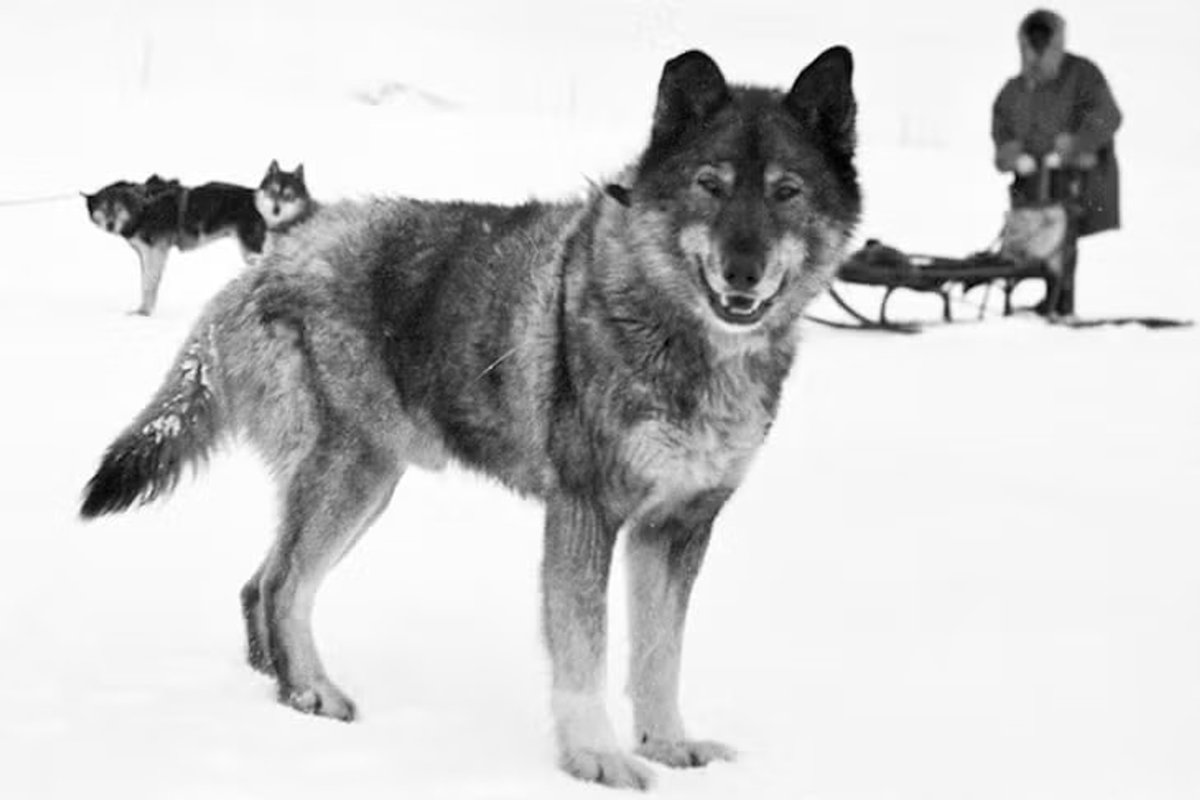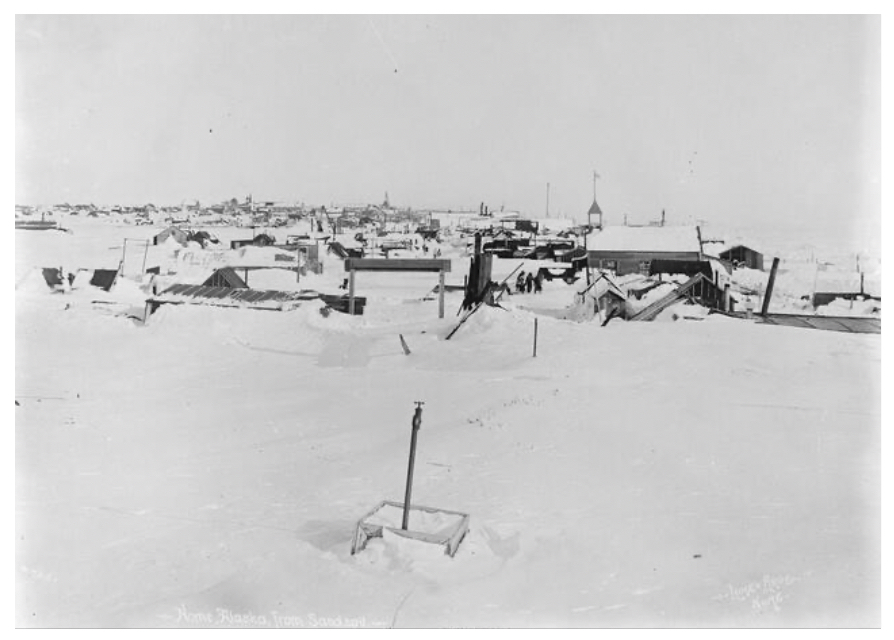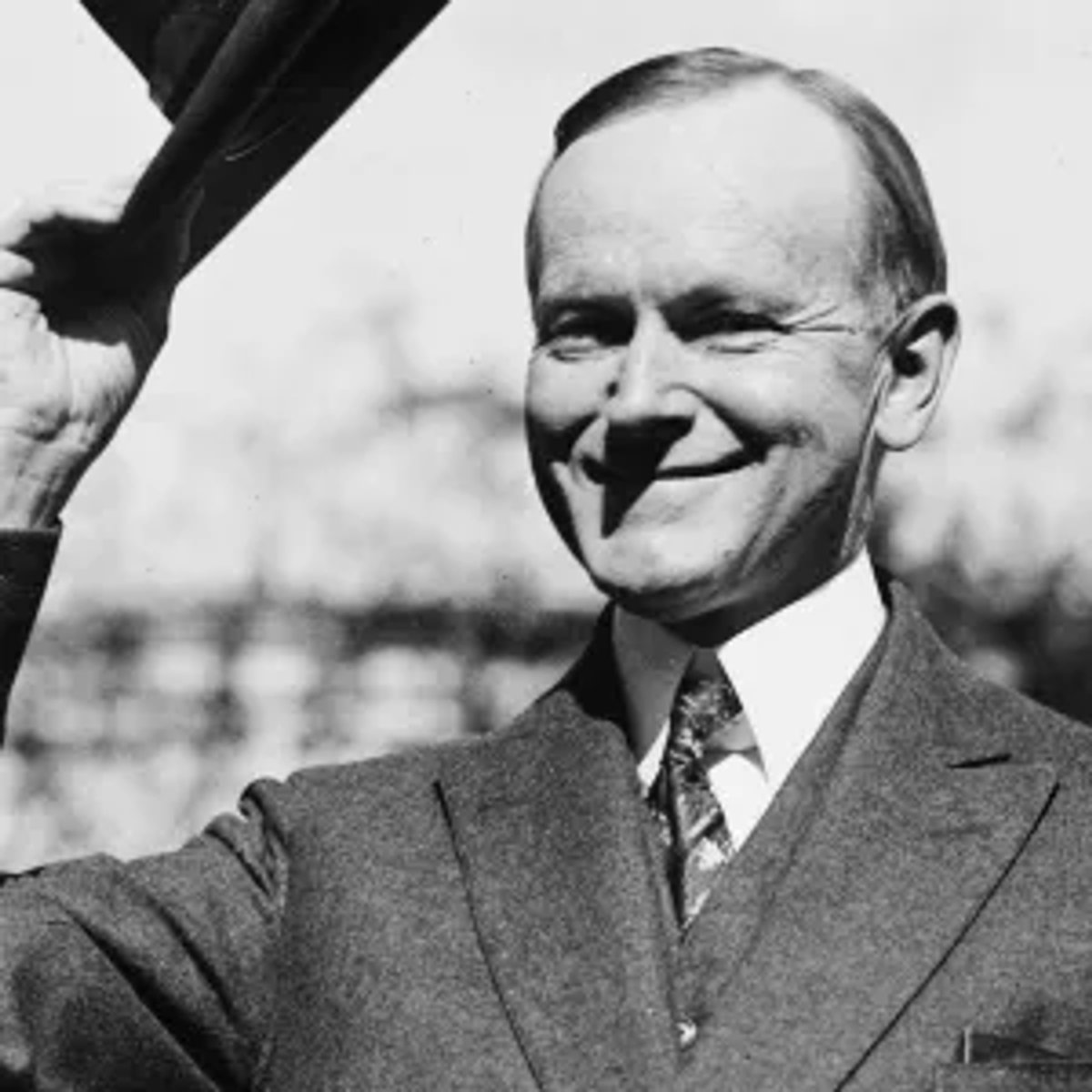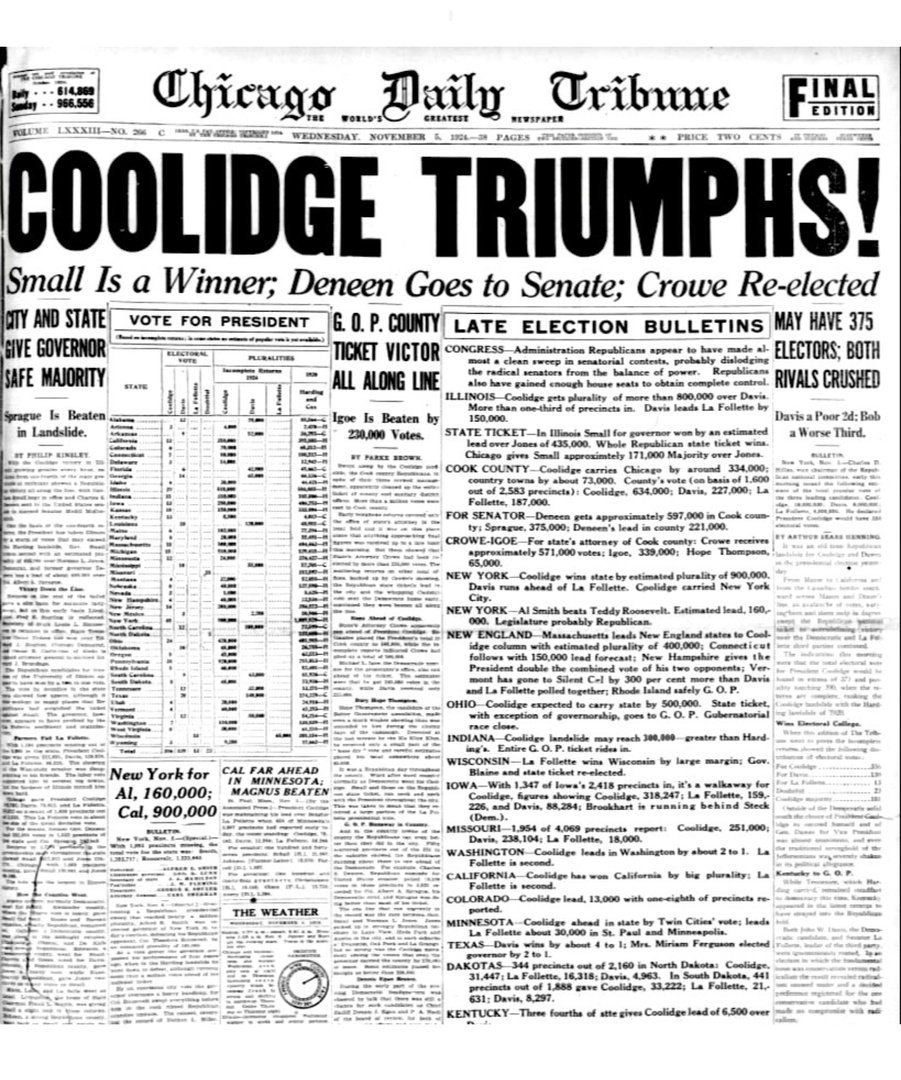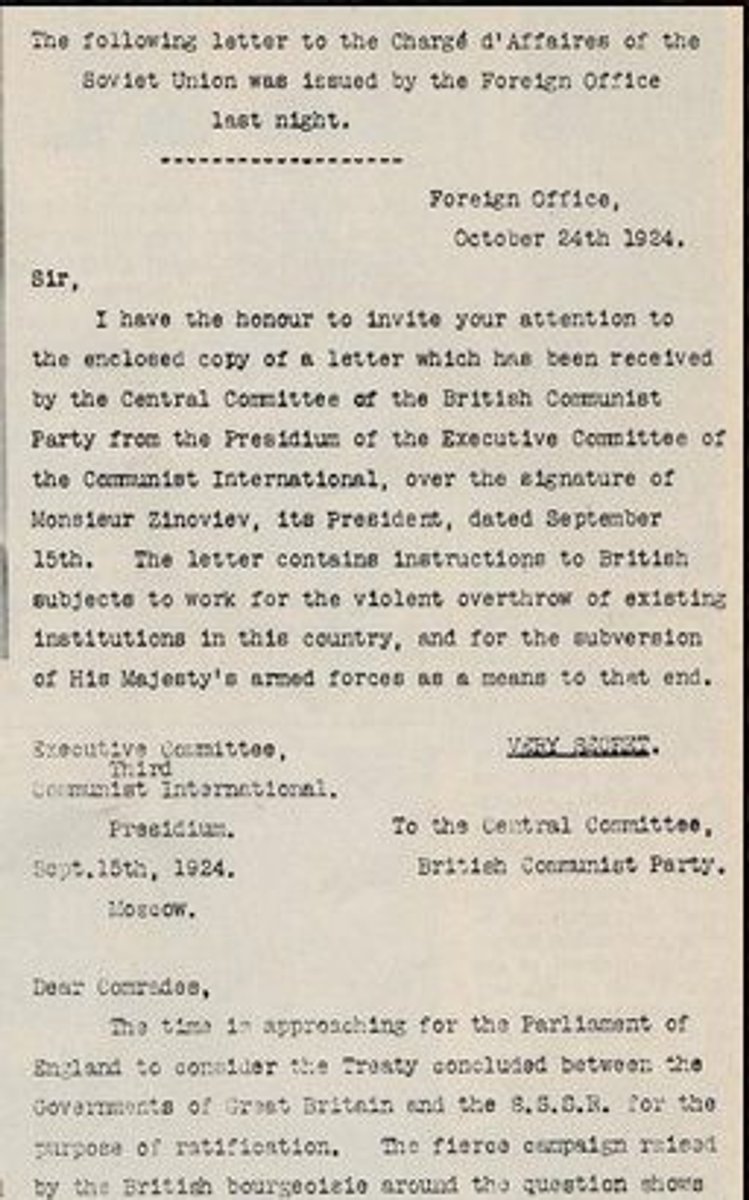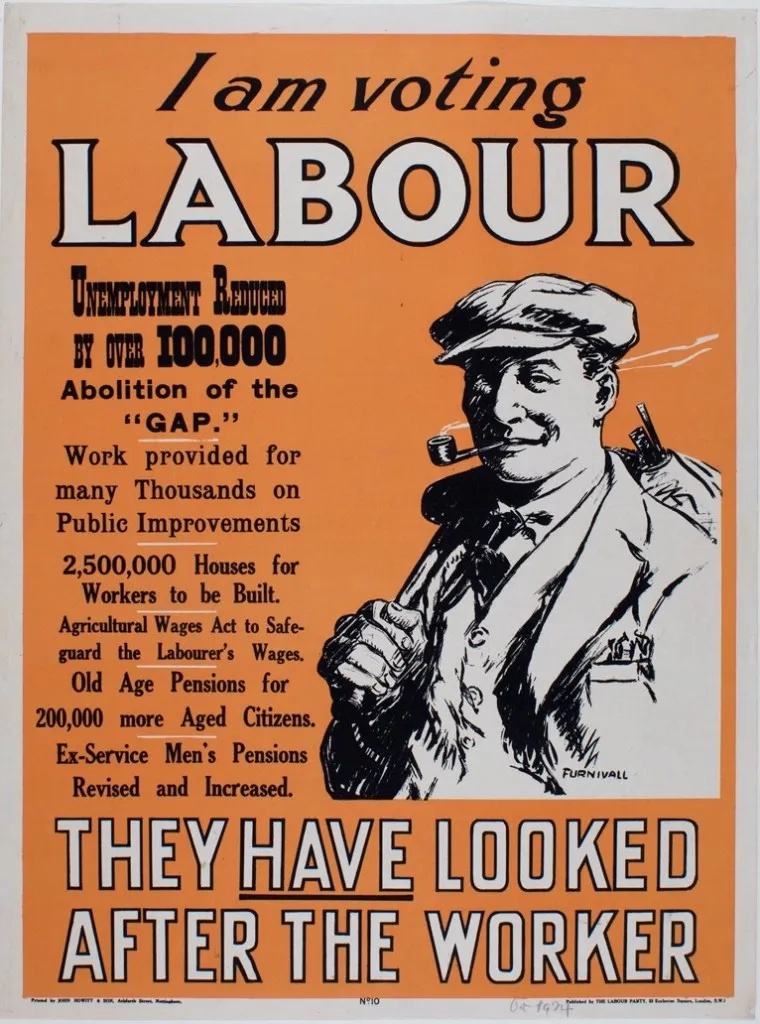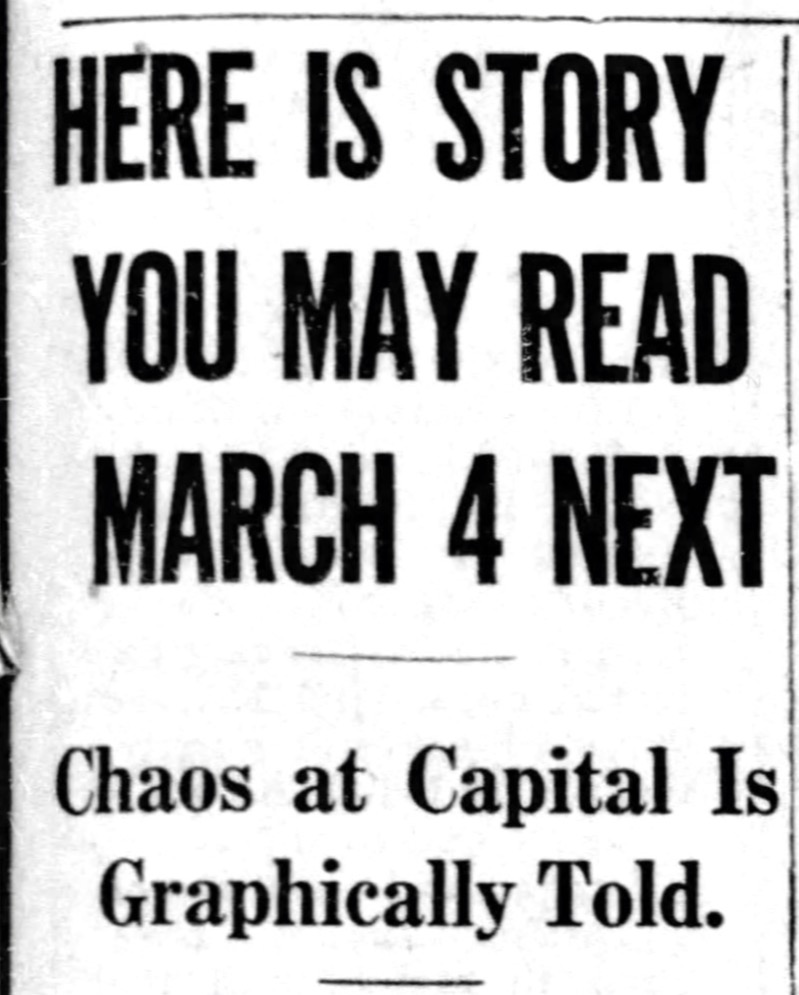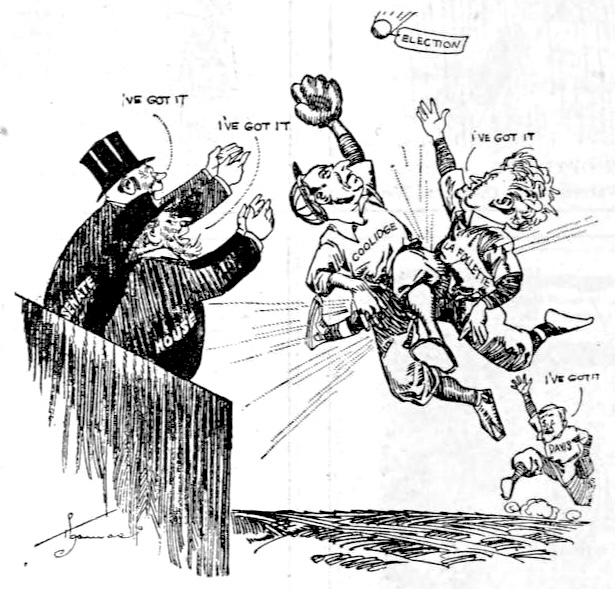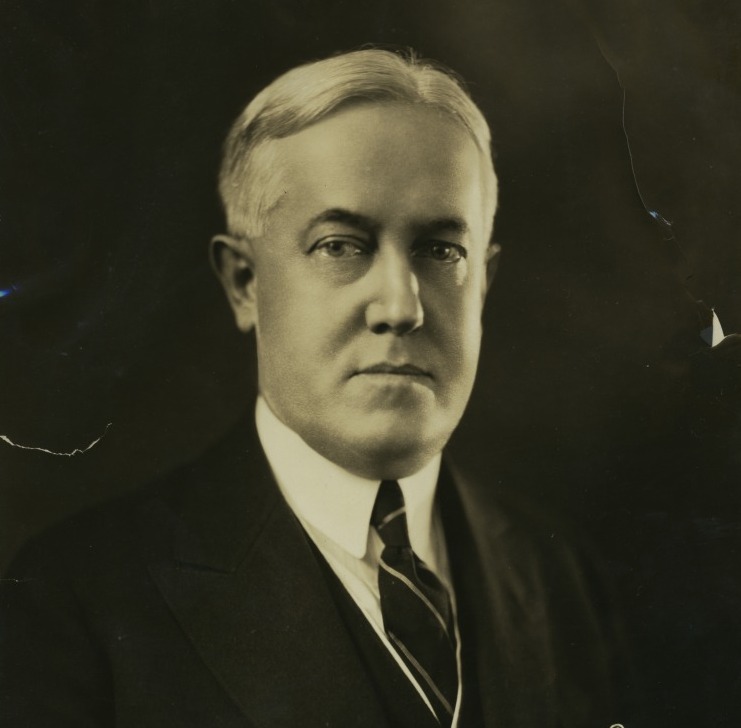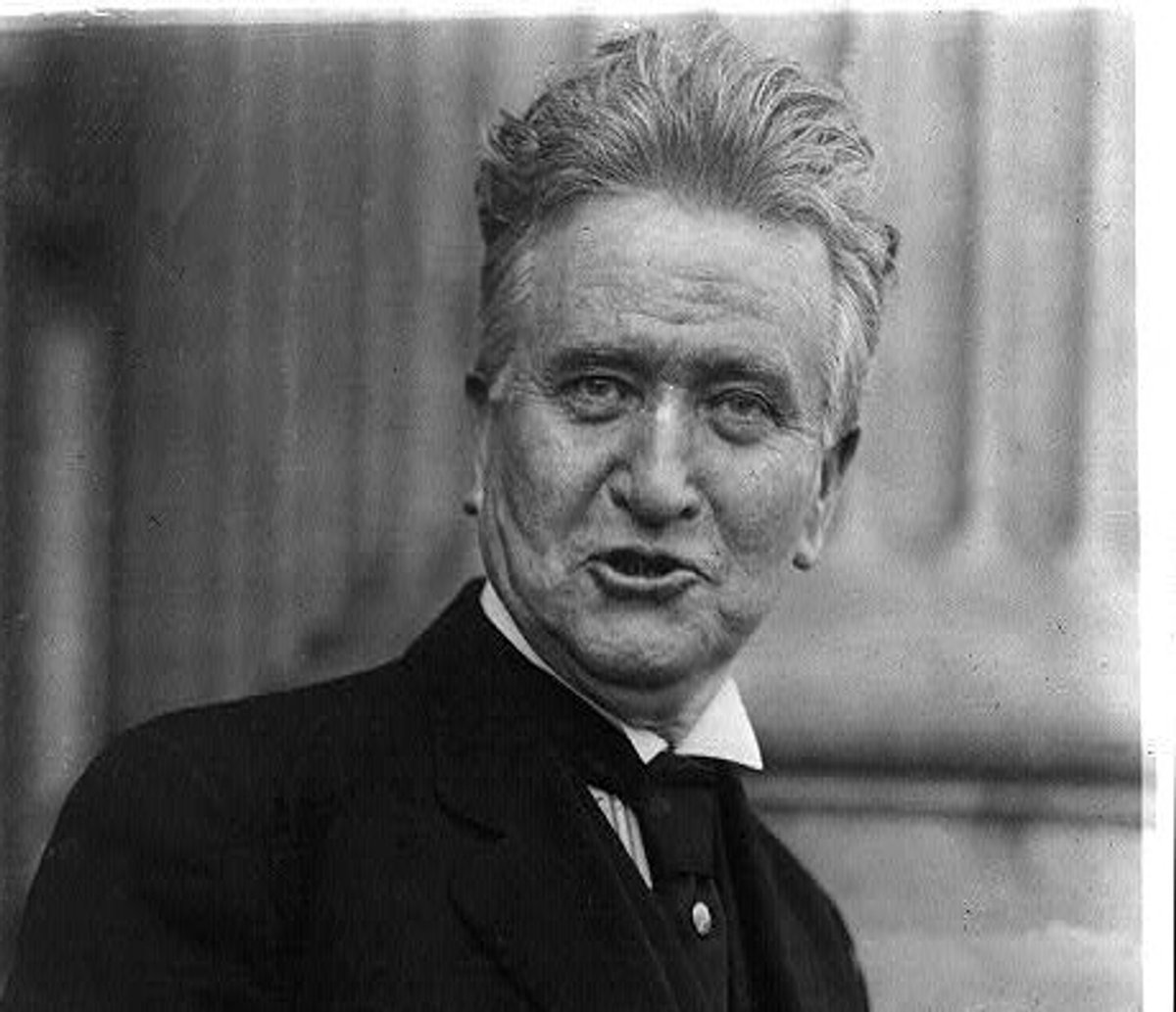July 21, 1924: Nathan Leopold and Richard Loeb enter a surprise plea of guilty to the murder of 14-year-old Bobby Franks in Chicago. Their lawyer, Clarence Darrow, takes a risk by forgoing a jury trial and hoping the judge will spare his young clients the death sentence. 1/6






This "Trial of the Century" will turn out to be an extended sentencing hearing before Judge John Caverly. The argument isn't that Leopold and Loeb, both 19, were insane—the guilty plea forecloses that option—but rather to show they are too immature to merit death. 2/6 

Leopold and Loeb, lovers who are both well-educated and affluent, had carried out the Franks kidnap-murder for "the satisfaction and the ego" of committing a heinous crime, Leopold has said. They made full confessions to police, acting even boastful about their deeds. 3/6




Darrow and his legal team face a daunting task, as the court of public opinion has already convicted the defendants of being monstrous villains. The eloquent attorney, long known for his progressive politics and opposition to the death penalty, spells out his case today. 4/6 

The nature of Franks' murder, Darrow says, is "weird, uncanny and terrible." No one in the case, he says, "believes that these defendants should be released or are competent to be. We believe they should be permanently isolated from society." 5/6




Prosecutor Robert Crowe (left), having already won a conviction, says only one punishment will fit the crime: "We will demand they be hanged." The defense will call psychiatrists as witnesses to depict Leopold and Loeb as emotionally stunted, a tactic Crowe will oppose. 6/6 

• • •
Missing some Tweet in this thread? You can try to
force a refresh





